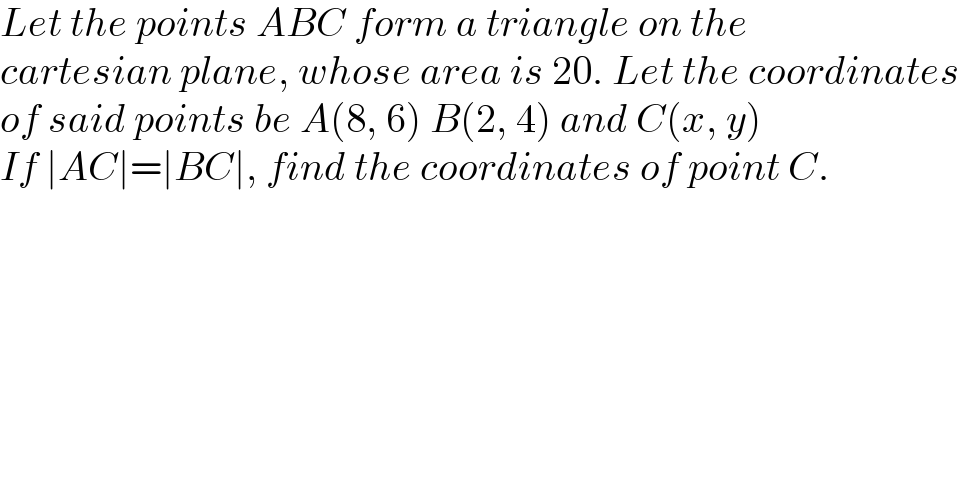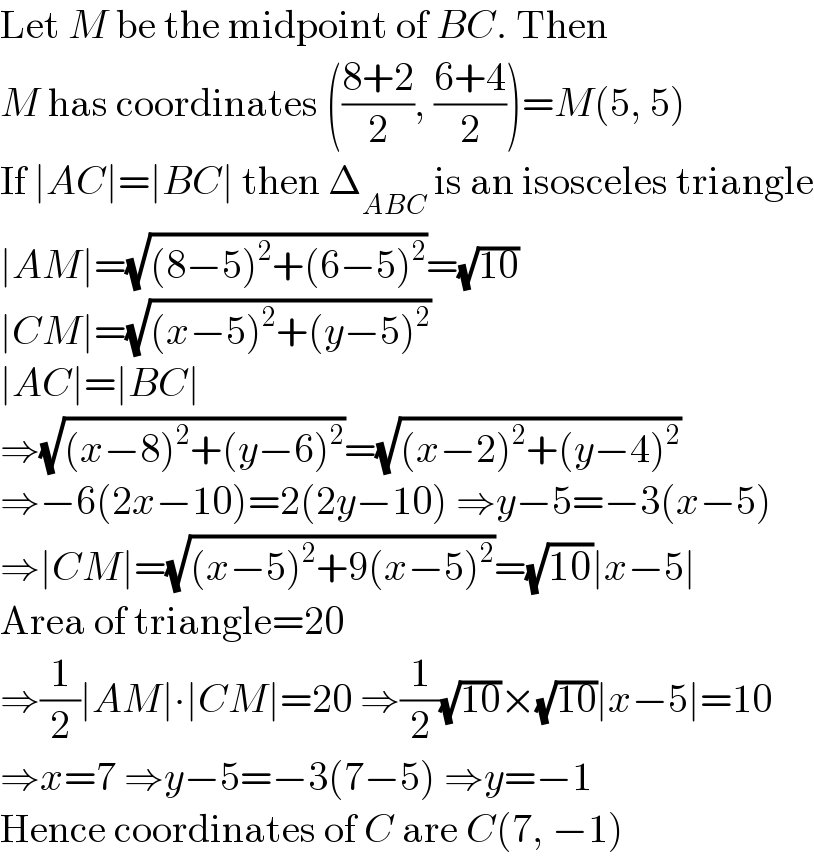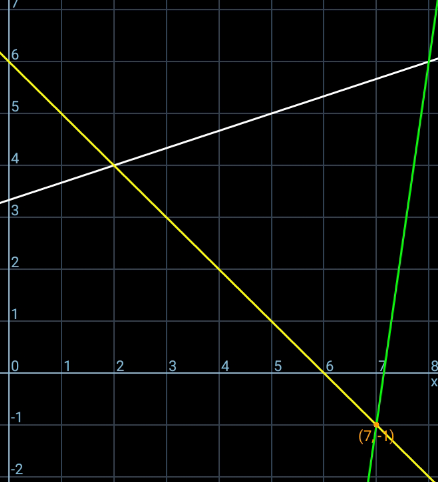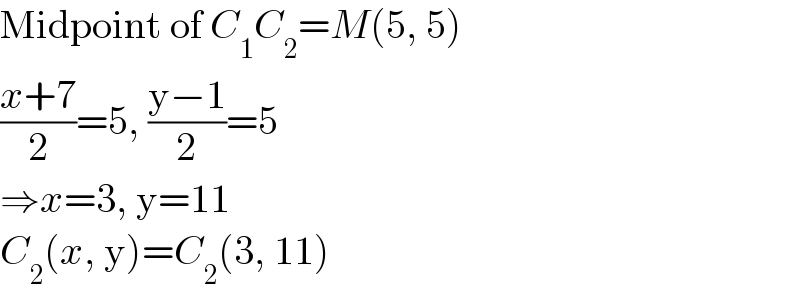Question Number 178374 by depressiveshrek last updated on 16/Oct/22

Answered by Ar Brandon last updated on 16/Oct/22

Commented by depressiveshrek last updated on 16/Oct/22

Commented by Ar Brandon last updated on 16/Oct/22

Commented by Ar Brandon last updated on 16/Oct/22

Commented by Ar Brandon last updated on 16/Oct/22

